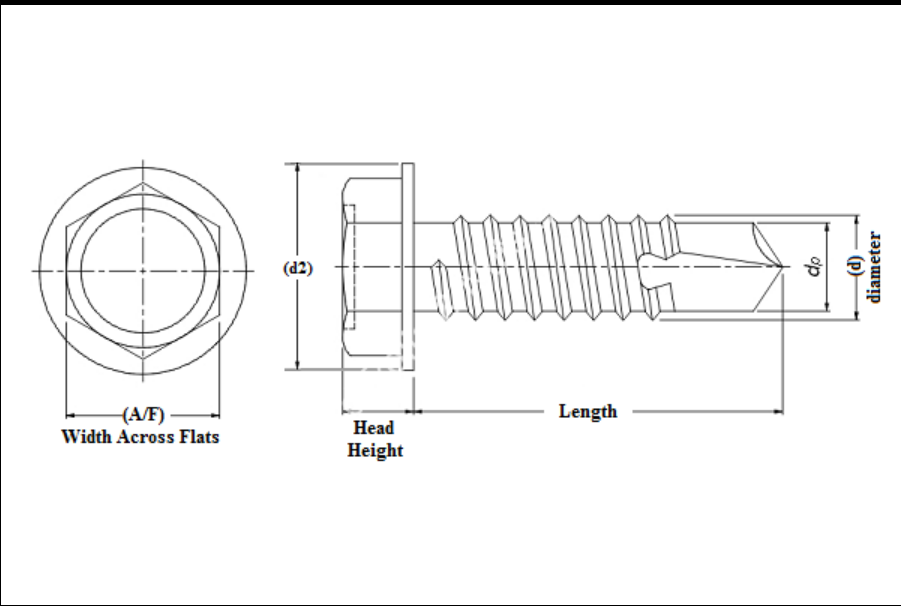drywall screw pops products
Understanding and Addressing Drywall Screw Pops A Comprehensive Guide
Drywall is a staple in modern construction and remodeling projects, offering a smooth and versatile surface for walls and ceilings. However, even the most expertly installed drywall can sometimes develop issues that may detract from its appearance and structural integrity. One such issue is drywall screw pops, which can be a common occurrence in homes and commercial structures alike. This article delves into the causes of drywall screw pops, their implications, and effective ways to address them.
What are Drywall Screw Pops?
Drywall screw pops are protrusions or bumps on the surface of drywall caused by screws pushing against the drywall paper, often resulting in a small, raised area. These screw heads become visible due to the drywall compound failing to hold them securely, allowing the screws to shift over time. While they may seem like a minor cosmetic issue, screw pops can sometimes indicate underlying problems in your walls and ceilings.
Causes of Drywall Screw Pops
Several factors can contribute to the development of drywall screw pops
1. Settlement of the Structure Homes and buildings naturally settle over time. This settling can shift the framing and drywall, causing screws to pop out of alignment.
2. Humidity and Temperature Changes Fluctuations in humidity and temperature can cause the drywall to expand and contract. This movement can result in screws loosening from their secure positions.
3. Improper Installation If drywall screws are overdriven or not installed correctly, they can cause the surrounding material to crack. This issue is often exacerbated when screws are placed too close to the edges of the drywall.
4. Inadequate Support Drywall that isn't adequately supported, especially in high-traffic areas or over time, can experience stress leading to screw pops. Using too few screws or incorrect spacing can also contribute to this issue.
Identifying Drywall Screw Pops
Detecting drywall screw pops is relatively straightforward. Look for small bumps or dimples in your walls or ceilings, especially in areas with a high potential for movement, such as near doorways or windows. They can be more apparent in painted surfaces, where the paint may even crack around them.
Repairing Drywall Screw Pops
drywall screw pops products

Fixing drywall screw pops is a manageable DIY project that can restore the appearance of your walls. Follow these steps for an effective repair
1. Gather Your Tools You will need a drill or screwdriver, a putty knife, drywall joint compound, sandpaper, a primer, and paint.
2. Reposition the Screws Begin by using a drill to carefully drive the protruding screws back into the drywall. If a screw is deeply embedded into the wood frame, consider replacing it with a longer screw for better adhesion.
3. Clean the Area After repositioning the screws, use a putty knife to scrape away any loose drywall paper or old joint compound around the screw pop area.
4. Apply Joint Compound Using your putty knife, spread a thin layer of joint compound over the screw and surrounding area. Feather the edges to make it easier to blend with the surrounding surface.
5. Let It Dry Allow the joint compound to dry completely, which can take several hours or overnight, depending on the humidity.
6. Sand and Paint Once dry, sand the area lightly to create a smooth surface. Finally, priming and painting the repaired area will help match it to the existing wall, making the repair virtually invisible.
Preventing Future Screw Pops
To minimize the likelihood of screw pops reappearing, consider these preventive measures
- Ensure proper installation practices by using the correct number of screws at appropriate intervals. - Use quality screws designed for drywall, and avoid overdriving. - Monitor and control humidity levels in your home, especially during seasonal changes.
Conclusion
Drywall screw pops, while often viewed as a minor nuisance, can be indicative of larger issues within your property. By understanding their causes, recognizing the signs, and implementing effective repair measures, homeowners can maintain the aesthetic and structural integrity of their drywall surfaces. Regular maintenance and monitoring can go a long way in preventing these pesky pops from becoming a recurring issue in your home.
-
Top Choices for Plasterboard FixingNewsDec.26,2024
-
The Versatility of Specialty WashersNewsDec.26,2024
-
Secure Your ProjectsNewsDec.26,2024
-
Essential Screws for Chipboard Flooring ProjectsNewsDec.26,2024
-
Choosing the Right Drywall ScrewsNewsDec.26,2024
-
Black Phosphate Screws for Superior PerformanceNewsDec.26,2024
-
The Versatile Choice of Nylon Flat Washers for Your NeedsNewsDec.18,2024










